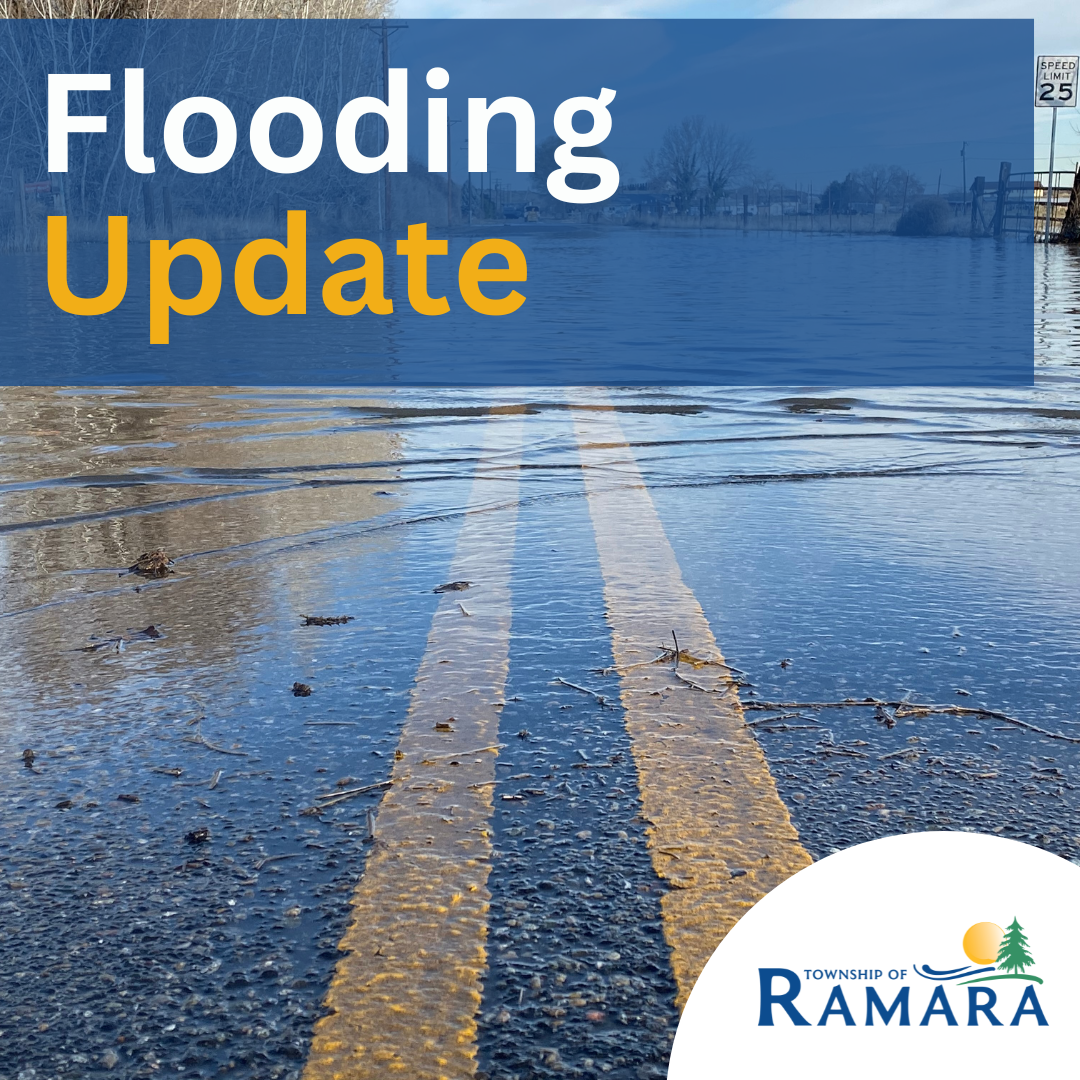
Flooding Update: Black River and Talbot River
Due to recent rainfall, snowmelt, and warm weather, runoff to local lakes and rivers has significantly increased.
Black River Update
On April 2, the Ministry of Natural Resources issued a Flood Warning for residents near the Severn and Black Rivers. Parks Canada has ceased the outflow of water from Lake Simcoe to allow the Black River and Severn Rivers to drain. However, due to the recent significant rainfall, the Black River is expected to continue to rise. This has the potential to affect residents of Lake St. John.
Talbot River Update
Parks Canada has reported that all dams leading into Lake Simcoe are closed, preventing any excess water from entering the Talbot River. However, recent rainfall has resulted in some water flowing over the closed dam. It has also been noted that the water levels in Canal Lake have plateaued and are beginning to recede.
What can residents do?
Residents impacted by high water and flow conditions should take necessary precautions to protect and secure vulnerable property near rivers and lakes. Those with waterfront properties should be aware that ice breakups along shorelines are likely, as rising water levels and high winds can cause ice to become unstable.
To help protect your home and families, residents are reminded of the following prevention activities:
- Extend downspouts at least 2 metres from your home to move water away from the building.
- Shovel snow at least 1 to 1.5 metres away from your home’s foundation.
- Put weather protection sealant around basement windows and ground-level doors.
- Keep gutters and nearby storm drains clear of debris and remove debris from water drainage systems such as weeping tile, culverts and ditches.
- Check your sump pump, backup pump and power supply. Ensure they are all in good working order and not connected in the sanitary sewer system.
- Raise large appliances in the basement above the potential water level.
- Find your floor drain and make sure nothing is covering it.
- Learn how to turn off utilities such as electricity and gas in your residence.
- Determine if there are any special precautions required to safeguard electrical, natural gas, fuel oil or propane heating.
What can you do to protect yourself and your things?
- Know your insurance policy. Make sure your home, vehicle, business and belongings are protected.
- Collect any important documents such as passports, birth certificates, banking information, and insurance papers, and store them safely above ground level or in waterproof containers.
- Have an evacuation plan for you, your family and your pets.
- Develop a buddy system: coordinate with a neighbour, friend, or relative to ensure someone is available to care for or evacuate your pets if you are unable to do so.
- Build a 72-hour emergency kit for you, your family and pets.
For more information on how to protect your home, please visit our emergency management page at www.ramara.ca/EmergencyManagement or www.ontario.ca/floods.
Please contact the infrastructure department if your culvert is backed up or if you are experiencing flooding on the road, please contact the infrastructure department by either using the online reporting a concern form found at www.ramara.ca/reportit.
Contact Us
















 Subscribe to this Page
Subscribe to this Page